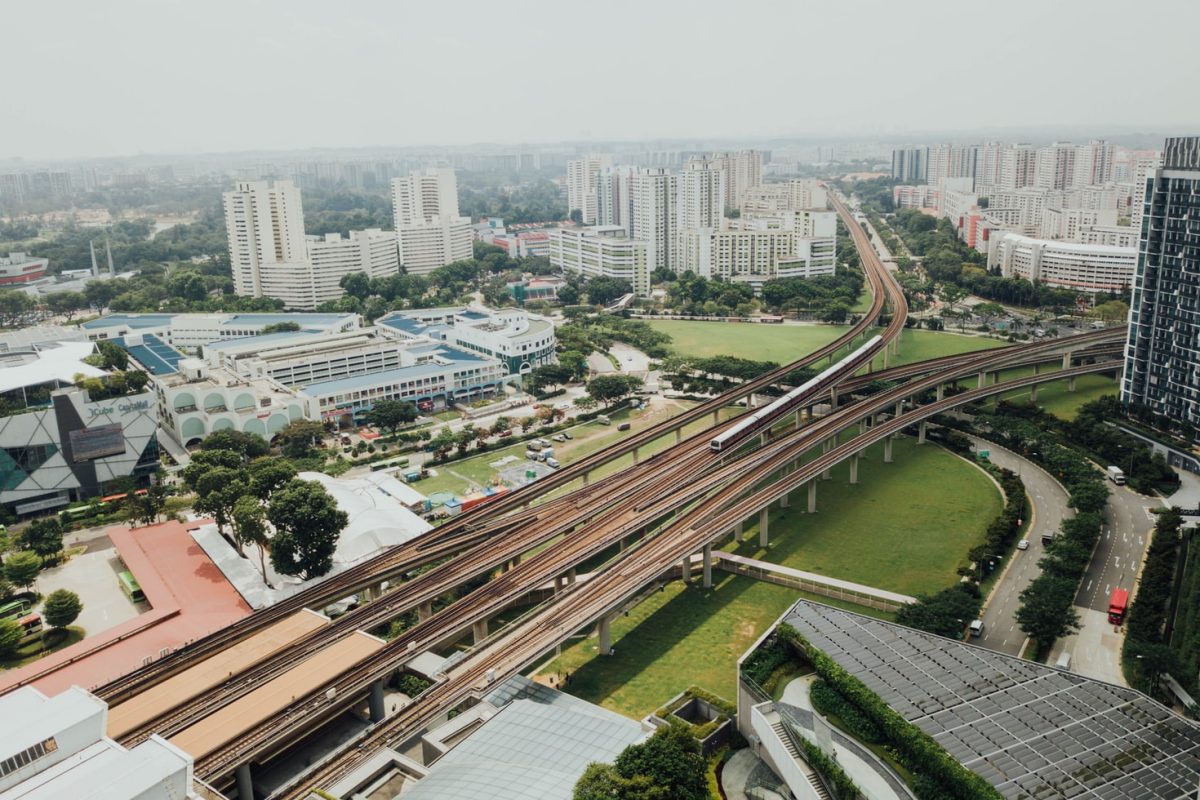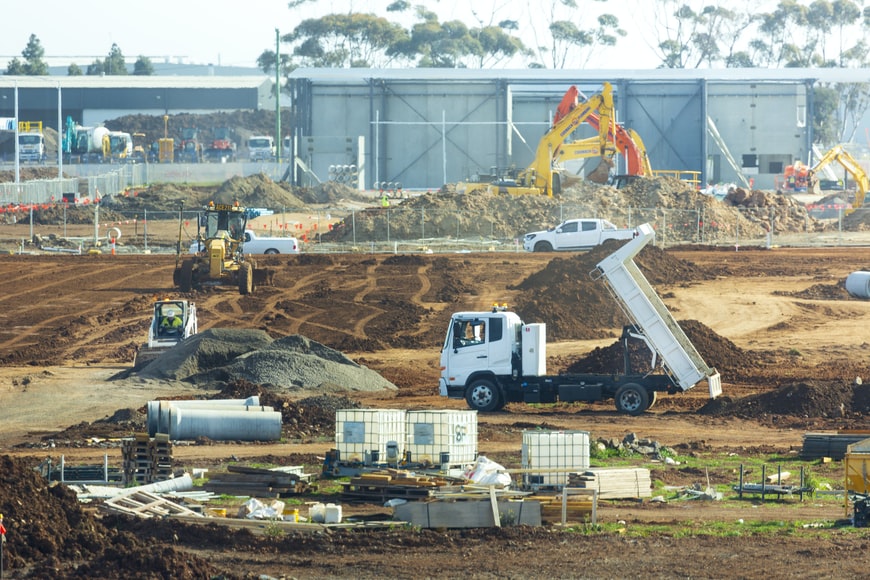
By Ann Bernstein, Business Day
“Extraordinary measures are required to return us to a path of sustainable growth. Central to this effort is infrastructure construction and maintenance, which is the flywheel for economic growth and large-scale job creation.” — Cyril Ramaphosa, July 2020
SA’s infrastructure programme is a key pillar of the president’s economic recovery strategy. He has claimed that business and government are “of one mind on a new methodology to develop an infrastructure pipeline and deliver on it”. Yet in the four years of the Ramaphosa presidency not one new government-led infrastructure project of any significance has been initiated.
The government needs to distinguish clearly between taxpayer-funded projects and those that could attract private investment. It should prioritise projects vital to improve conditions for faster economic growth that can be launched without imposing substantial new strains on the taxpayer. Leadership is required to cut through the complexity of government architecture around infrastructure development and move a few priority projects to the fore.
POLICY CHANGES
The government must push through the regulatory changes that would encourage public-private partnerships. It is hard to understand why this is taking so long. Surely it could be fast-tracked?
There is an enormous focus on projects developed by the state, but considerable infrastructure could be built by the private sector if policy changes were made. Done right, key government decisions could unlock private investment at significant scale.
The 100MW private-generation decision is an important first step to improving electricity supply, but it should not be the end of that process. Dealing with the investment environment for the mining sector will drive new spending in exploration; resolving uncertainties around property rights will lead to more investment in agriculture; and making a decision on e-tolls in Gauteng will create certainty for investors in roads.
One idea is to bring skilled people together in a ‘centre of excellence’ that can attract like-minded people and focus on developing workable projects
Opening ports to private investors and implementing the president’s 2020 commitment to open access by third-party operators to the national rail infrastructure could attract considerable investment and signal a welcome new approach. Much more urgency in implementing policy reform is required.
LACK OF CAPACITY
There is a serious lack of capacity within the state, while the skills that are there are fragmented across government. One idea is to bring skilled people together in a “centre of excellence” that can attract like-minded people and focus on developing workable projects. In some countries, units like this sell investable projects once pre-investment is completed, which provides the resources to pay for the unit. Moreover, such a scheme creates an incentive to do it properly.

Simply involving the private sector is no guarantee of efficiency or success. Investors and officials must negotiate, in specific terms, how risks and returns are to be allocated for these projects to ensure a sustainable financing model for public goods. What matters is that projects are designed to ensure competition (ideally), market-driven outcomes and prevent corruption and malfeasance. However, perfection should not be the enemy of the good. Once some feasible projects are initiated, improvements will emerge.
Financial sector organisations have seconded experts to help the government. It must be asked, to do what exactly? Placing private sector experts within a bureaucracy struggling to deliver investable projects to the market, in a context in which legislation is not conducive to public-private partnerships, and where there may be questions about the bankability of many government projects, may not be the optimal use of that expertise. If this public-private co-operation fails to bear fruit soon, it may lead to rising frustration on both sides and a rapid reduction in levels of goodwill.
CONSTRUCTION MAFIAS
If projects are forced to have numerous additional objectives — such as empowerment, localisation and community development — delivery of infrastructure is more costly or does not happen. We seem determined to do everything at once despite limited capacity. The consequence is that we end up doing very little. Ruthless focus on core outcomes is required. More efficient ports, reliable trains and new roads or bridges will promote widespread development with many beneficiaries, throughout the country and in many local areas.
‘Construction mafias’ — local groups that demand a significant portion of the project’s contract and if thwarted resort to violence and intimidation to prevent the project from continuing — are a big hurdle preventing increased private sector investment. At no time should tackling this challenge be confused with community development. These mafias are criminals who deserve the full force of the law if we want to encourage investment.
Reducing lawlessness and criminality in general will improve the environment for doing business and benefit most people in local areas. Violent attacks on trucks and people and the failure to apprehend, charge and jail the guilty, undermines use of existing infrastructure and deters investors in new infrastructure.
For SA to move beyond goodwill and good intentions, business and the government need a more focused, action-orientated programme. Business needs to spell out the critical changes that must be made — laws, regulations, attitudes, policy reform, policing and prosecution — before they will invest. The government should be realistic about capacity, curb its ambitions and act decisively and speedily on the essential “fixes” required to encourage investment.
There are no shortcuts, as much as we want them, and infrastructure is not a silver bullet for the country’s ills. However, getting four to five projects off the ground, coupled with the policy changes required to open up new areas for private sector investment (rail, power, roads and more) could be a bold signal that SA is determined to act decisively and reform. This dual approach will attract local and foreign investors and start to contribute significantly to faster long-term growth.
• Bernstein is CDE head. This article is based on a new CDE report, “Accelerating SA’s infrastructure programme. What is holding us back?”
More news
- PART 2: CONCRETE IN THE DESIGN OF A UNIQUE LUXURY HOME IN GEORGE, SOUTH AFRICA
- PART 1: CONCRETE IN THE DESIGN OF A UNIQUE LUXURY HOME IN GEORGE, SOUTH AFRICA
- MVULE GARDENS, AFRICA’S LARGEST 3D-PRINTED AFFORDABLE HOUSING PROJECT
- PART 3: HARNESSING THE POTENTIAL OF HIGH SULPHUR FLY ASH IN CONCRETE PRODUCTION
- PART 2: HARNESSING THE POTENTIAL OF HIGH SULPHUR FLY ASH IN CONCRETE PRODUCTION

